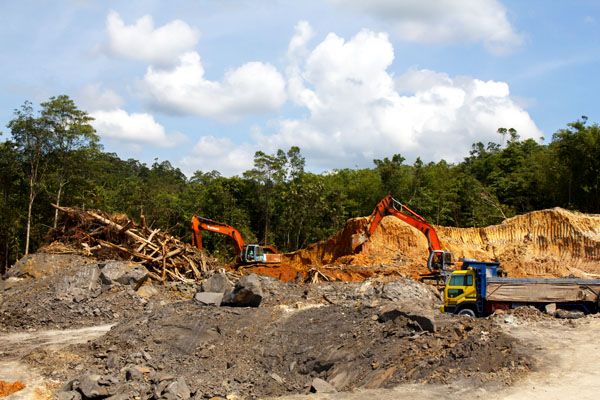

In the fall of 1960, my parents took my little brother and me to the first McDonald’s in the Cleveland area. It looked like a spaceship, with bright yellow arches on either side of a gleaming white building adorned with red, horizontal stripes. In front was the chain’s signature sign topped by Speedee the Chef—Ronald McDonald’s predecessor—holding a neon placard emblazoned with “15¢,” the price of a hamburger.
Needless to say, my brother and I were very excited. Sure, we’d been to Royal Castle and Manners Big Boy, but McDonald’s seemed a lot cooler.
After sampling one of those flash-frozen, 15-cent burgers, however, I wasn’t lovin’ it. On the way out of the parking lot, I distinctly remember saying to my parents, “That place is never going to make it.”
Boy, was I wrong.
A half century and untold billions of burgers later, McDonald’s is the world’s most profitable fast-food chain. In 2012, its 12,600 U.S.-based restaurants alone boasted $35.6 billion in sales—nearly three times more than its nearest competitor, Subway, which has twice the number of U.S. outlets. Meanwhile, McDonald’s 18,700 restaurants in more than 100 other countries grossed nearly $45 billion. The chain now serves more than 70 million people every day.
It’s no secret that McDonald’s global reach has had a huge impact on diet, prompting more than 3,000 health professionals and institutions worldwide to sign on to a letter urging the company to stop marketing junk food to children. Less known, however, is Mickey D’s super-sized impact on the environment, especially when it comes to global warming. Besides the fact that the chain sells a lot of beef, which is by far the worst meat for the climate, it’s one of the top 10 largest users of palm oil, the world’s most popular vegetable oil—and a major source of carbon emissions.
Palm Oil Plantations Are Destroying Tropical Forests
Americans are likely more familiar with canola, olive and other vegetable oils, but palm oil—which comes from the flesh of the oil palm tree’s fruit—is ubiquitous. Along with palm kernel oil—which comes from the fruit’s seeds—it turns up in baked goods, packaged foods, personal care products and cleansing agents. In addition, it’s a common cooking oil in developing countries, and used to make biodiesel fuel worldwide.
In and of itself, palm oil is not a bad choice. It’s cheap, largely because growers can produce five to 10 times more vegetable oil per acre than from any other commercial oil seed. It is also one of the few naturally saturated vegetable oils, which makes it solid at room temperature and affords it a long shelf life. And it contains no trans fats, which have been linked to heart disease.
That’s the good news. The bad news is oil palm trees only grow in the wet tropics and, all too often, producers destroy tropical forests to plant them. Most of these plantations—about 85 percent—are in Indonesia and Malaysia. Clearing tropical forests, which contain enormous amounts of carbon, releases carbon dioxide into the atmosphere. Some Southeast Asian palm oil plantations also devastate critical habitat for elephants, orangutans, rhinoceros and tigers. Still others grab land from local communities or exploit child labor.
study.
Photo credit: Shutterstock
And if that weren’t bad enough, some palm oil plantations wipe out peatlands, which are wetlands topped with a thick water-logged layer of dead and decaying plant material. Peat soils store 18 to 28 times more carbon than tropical forests, and they can be as much as 60 feet deep. Dry peat is extremely flammable, and one of the ways producers clear land is by burning it, which sends tons of carbon dioxide and toxic pollutants into the atmosphere.

 233k
233k  41k
41k  Subscribe
Subscribe 

